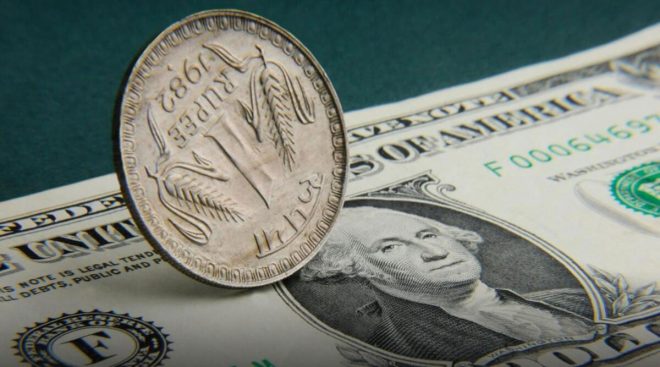In 2022, India’s forex kitty slumped USD 71 billion cumulatively. Gold reserves during the week, however, declined by USD 102 million to USD 474.74 billion.
New Delhi: India’s foreign exchange reserves increased by USD 4.471 billion to USD 620.441 billion in the week ending December 22, 2023, hitting a 21-month high, the latest data released by the Reserve Bank of India showed. In the calendar year 2023, the RBI added about USD 58 billion to its foreign exchange kitty.
Last week, India’s foreign currency assets (FCA), the biggest component of the forex reserves, rose from USD 4.698 billion to USD 549.747 billion, the central bank’s weekly statistical data showed.
In 2022, India’s forex kitty slumped USD 71 billion cumulatively. Gold reserves during the week, however, declined by USD 102 million to USD 474.74 billion.
Forex reserves, or foreign exchange reserves (FX reserves), are assets that are held by a nation’s central bank or monetary authority. It is generally held in reserve currencies, usually the US Dollar and, to a lesser degree, the Euro, Japanese Yen, and Pound Sterling.
Before last week which ended on December 15, India’s foreign exchange reserves increased by USD 9.112 billion to USD 615.971 billion.
In October 2021, the country’s foreign exchange reserves touched an all-time high of about USD 645 billion. Much of the decline, though marginal on a cumulative basis, since then can be attributed to a rise in the cost of imported goods in 2022.
Read More: Indian Overseas Bank unveils savings account portability facility
Also, the relative fall in forex reserves was largely due to the RBI’s intervention, from time to time, in the market to defend the subsequent depreciation in the rupee against a surging US dollar.
Typically, the RBI, from time to time, intervenes in the market through liquidity management, including through the selling of dollars, with a view to preventing a steep depreciation in the rupee.
The RBI closely monitors the foreign exchange markets and intervenes only to maintain orderly market conditions by containing excessive volatility in the exchange rate, without reference to any pre-determined target level or band.





































